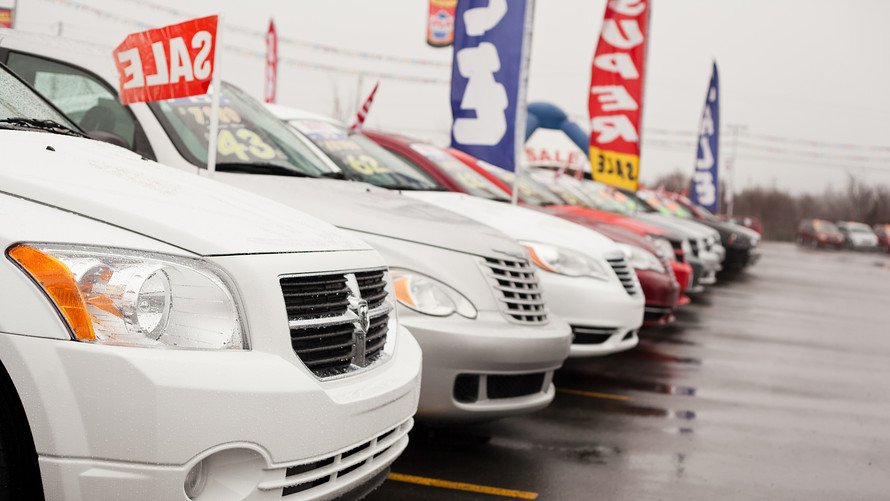
Cars are expensive. For many of us, cars are among the most expensive purchases we make. But just how expensive your vehicle gets will depend on a range of factors, including the decisions you make and the strategies you use. Make the wrong call, and you might end up costing yourself big bucks. Here are three car shopping mistakes that you should avoid.
Shopping only at the dealership
When you go to a car dealership, you’ll encounter sales associates. These associates work on commission, which means that they’ll make more money if they can make a sale — and they’ll make more money if you buy a pricey car than they would if you bought a cheap one. These sales associates know their stuff, and even if you’ve done your research, you probably won’t be able to keep up with their rapid-fire pitch. Also, the dealership will want you to buy a car from the lot, which limits your selection.
But what if you shopped online at a site like Auto Auction Mall or one of its competitors? Well, you wouldn’t encounter any pushy sales associates. You’d have plenty of time to do research — just open another browser tab. You’d have access to online resources with information such as resale value statistics and vehicle history reports. And your selection would be much broader, particularly in the case of used vehicles, because you wouldn’t be as limited by location (much less limited to the lot at a single dealership)
This doesn’t mean that you can’t head to the dealership to do a test drive or two, but it does mean that limiting yourself to dealership shopping is foolish — and could lead to your paying too much.
Taking on too large of a car loan
Debt can be bad and debt can be good. Good debt tends to come with low interest rates, and it usually helps you acquire valuable assets that can increase your net worth (in part, ideally, by actually increasing in value over time). Bad debt comes with sky-high interest rates and often exists to patch short-term financial needs at the cost of your long-term financial future.
So which is car debt? It’s neither, really; many experts consider it a kind of necessarily evil. If you can pay for your car with cash, you probably should. If you can’t, it’s OK to take out a loan. But there’s one important thing to remember: You mustn’t take on too large of a loan.
Your auto expenses should not eat up a huge chunk of your income. There are various rules of thumb, but most cap your car debt at no more than 10 to 15 percent of your income, or total car expenses (including insurance, gas, and more) at no more than 15 to 20 percent.
Paying too much for a car stinks, but nothing is worse for your financial future than taking on too much debt for a car. No matter how sweet the deal may be, remember that burying yourself in debt is always a bad idea.
Trusting the sticker price
One of the toughest things about buying a car is knowing how much the darn thing is worth. This is tough no matter what, and it’s particularly tough at the dealership, where sales associates can be so pushy and pricing can be so opaque.
One mistakes that experts say many people make is taking the sticker price at face value. When dealership sales associates offer a price that’s $500 below the sticker price, plenty of people will jump on the deal. But is it really a deal? Not necessarily, experts say. The true value of a vehicle is not necessarily reflected in the sticker price (especially given that add-on packages could easily cause you to pay more than what the sales person knocked off with that $500 discount). Whether you’re shopping online or in person, don’t assume the retail price or sticker price is definitive. Do your research (especially with used cars) and find the real value and typical sales price for the vehicle you want.









